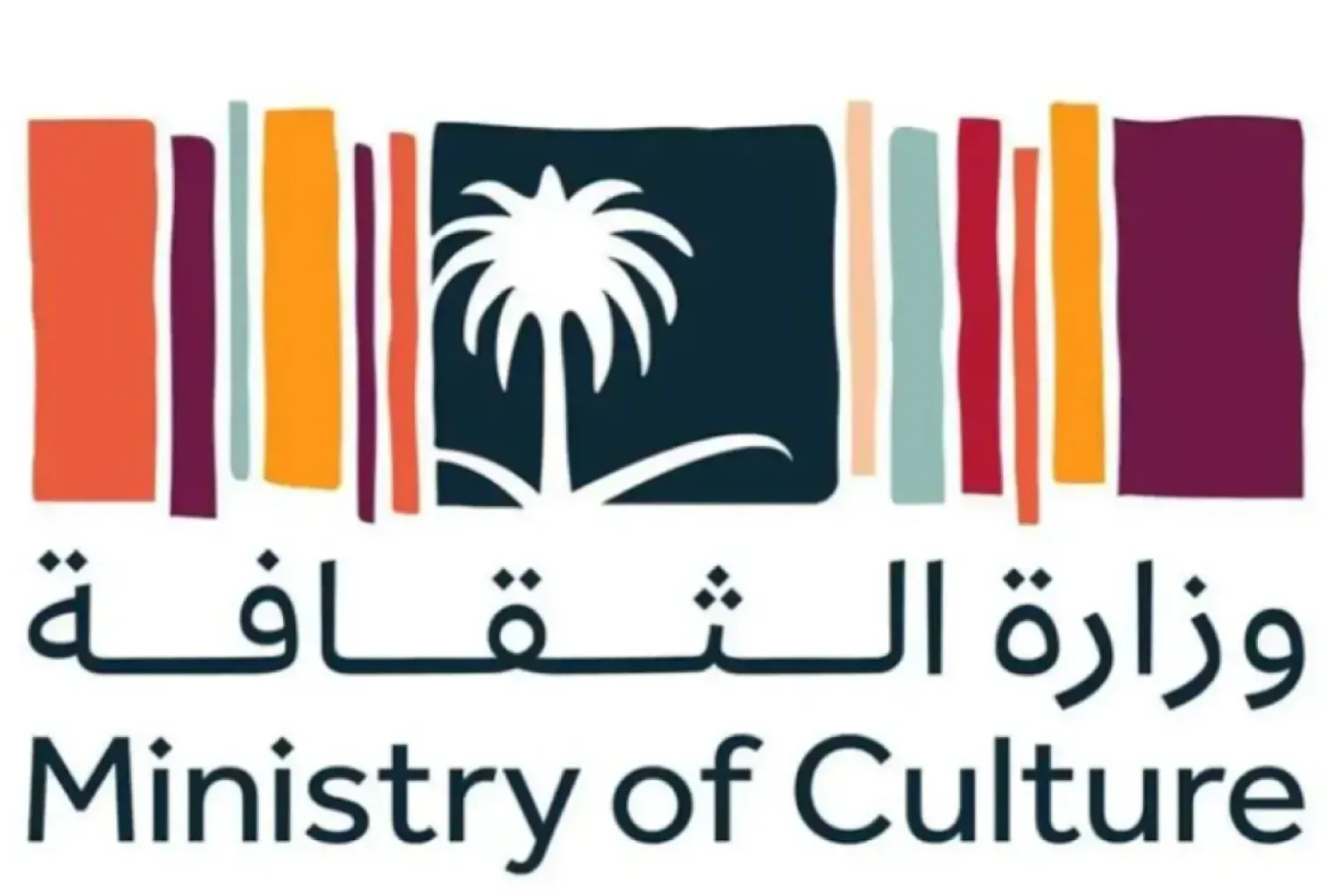A previously unknown terracotta bust of the famed early Renaissance architect who designed the Florence Cathedral dome was unveiled Thursday in the Tuscan capital, where it will be displayed permanently following restoration.
The Opera di Santa Maria del Fiore, the entity charged with preserving the landmark cathedral and operating its museum, called the discovery after nearly 700 years of the terracotta bust depicting Filippo Brunelleschi “exceptional.” It cited both the artistic value as well as the rarity of depictions of the renowned architect around or after the time of his death in 1446.
Art historians Giancarlo Gentilini and Alfredo Bellandi identified the sculpture as a model by Andrea di Lazzaro Cavalcanti for the marble bust of Brunelleschi in the memorial monument in the Florence Cathedral.
Bellandi praised the work’s “expressive naturalism of great intensity.”
Cavalcanti, Brunelleschi’s adopted son and heir, sculpted the life-like bust from a nearly solid block of clay in early 1447, before completing the monument later that year, experts said.
The terracotta model was likely stored in the sculptor’s workshop for study for a period, while the state of preservation indicates it was long preserved before it “later fell into oblivion,” the cathedral’s custodian entity said.
The Opera di Santa Maria del Fiore purchased the terracotta bust for 300,000 euros (around $324,000). It will be exhibited in the Museo dell’Opera del Duomo near the cathedral after restoration work on scratches and to remove a chalky residue and traces of paint.







